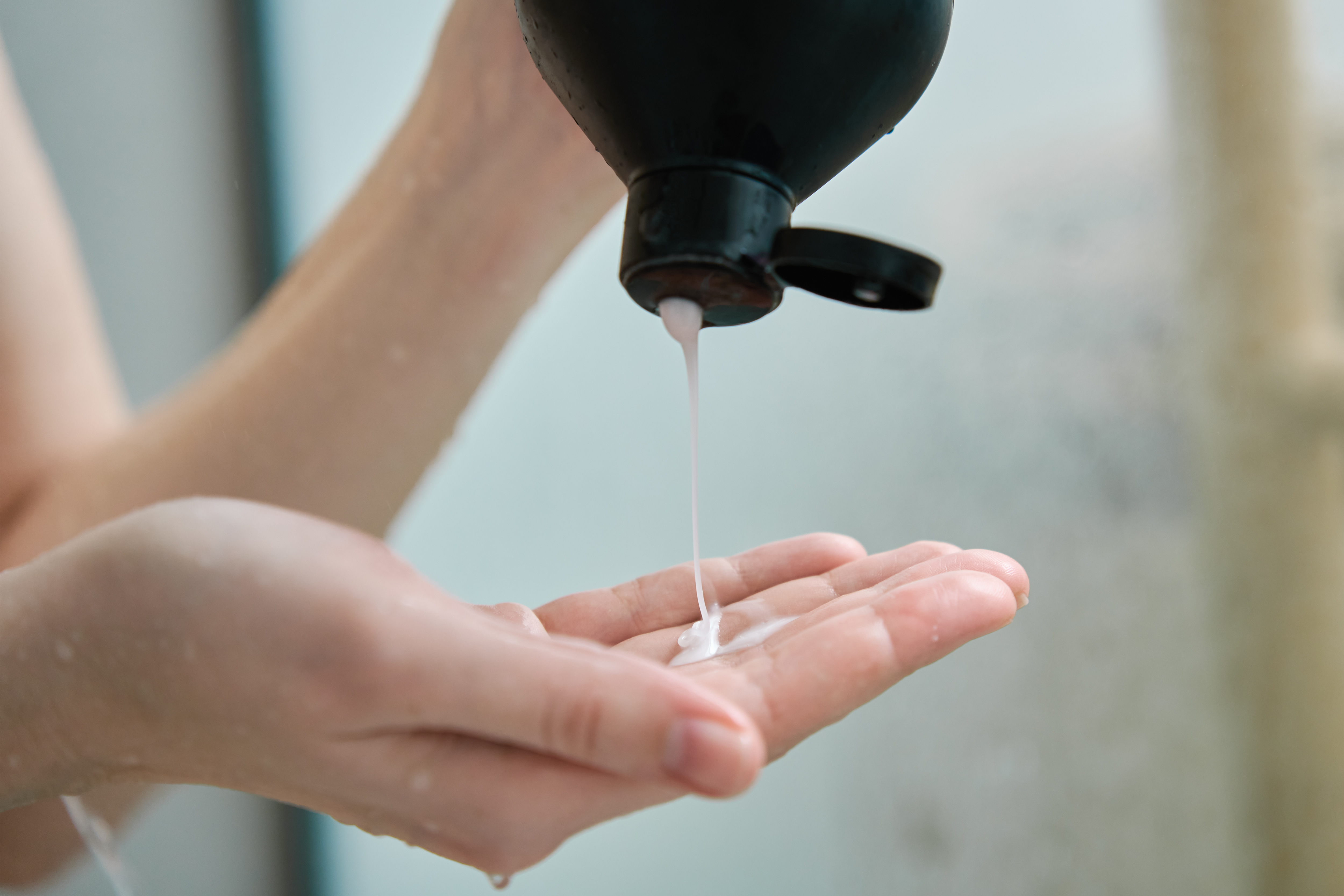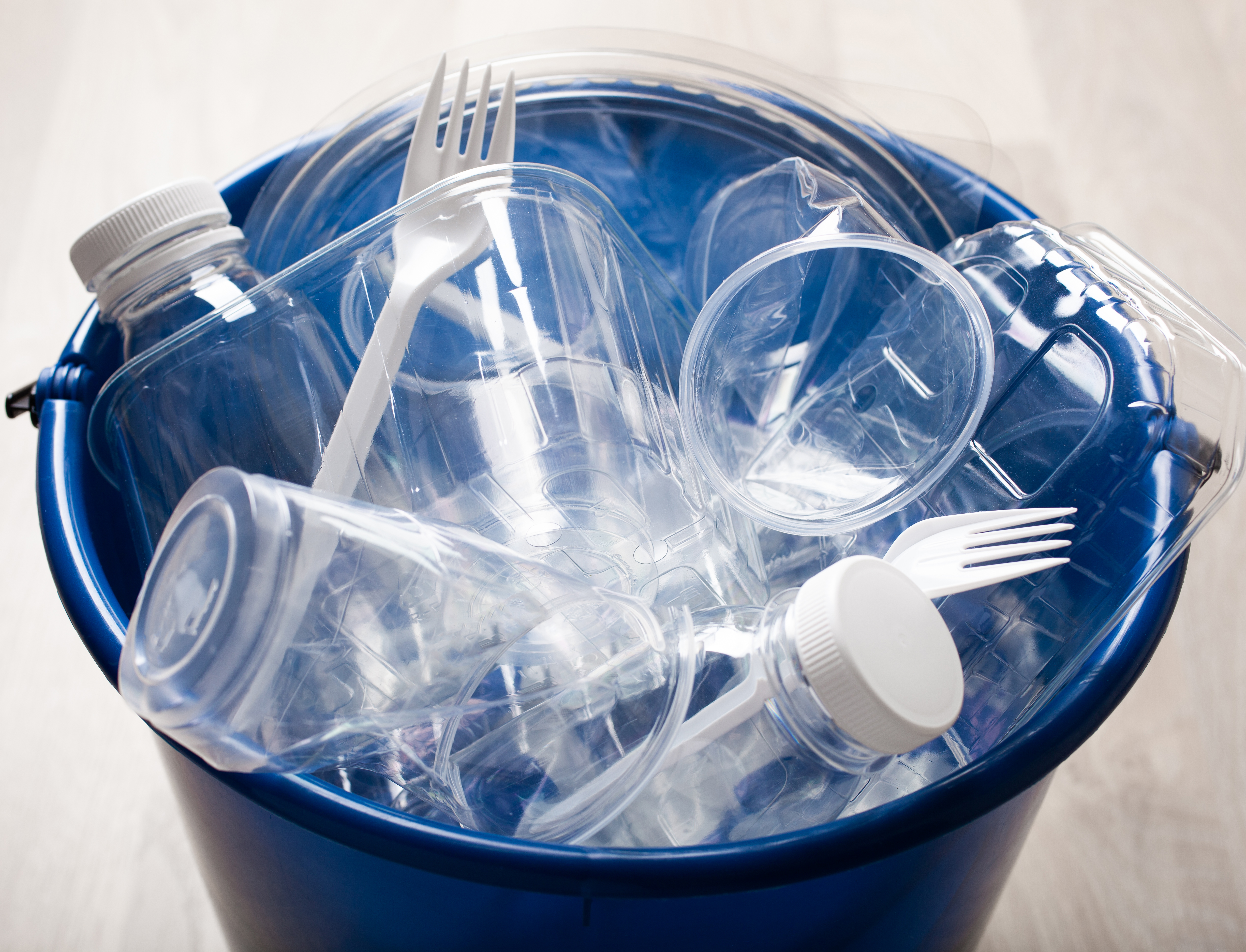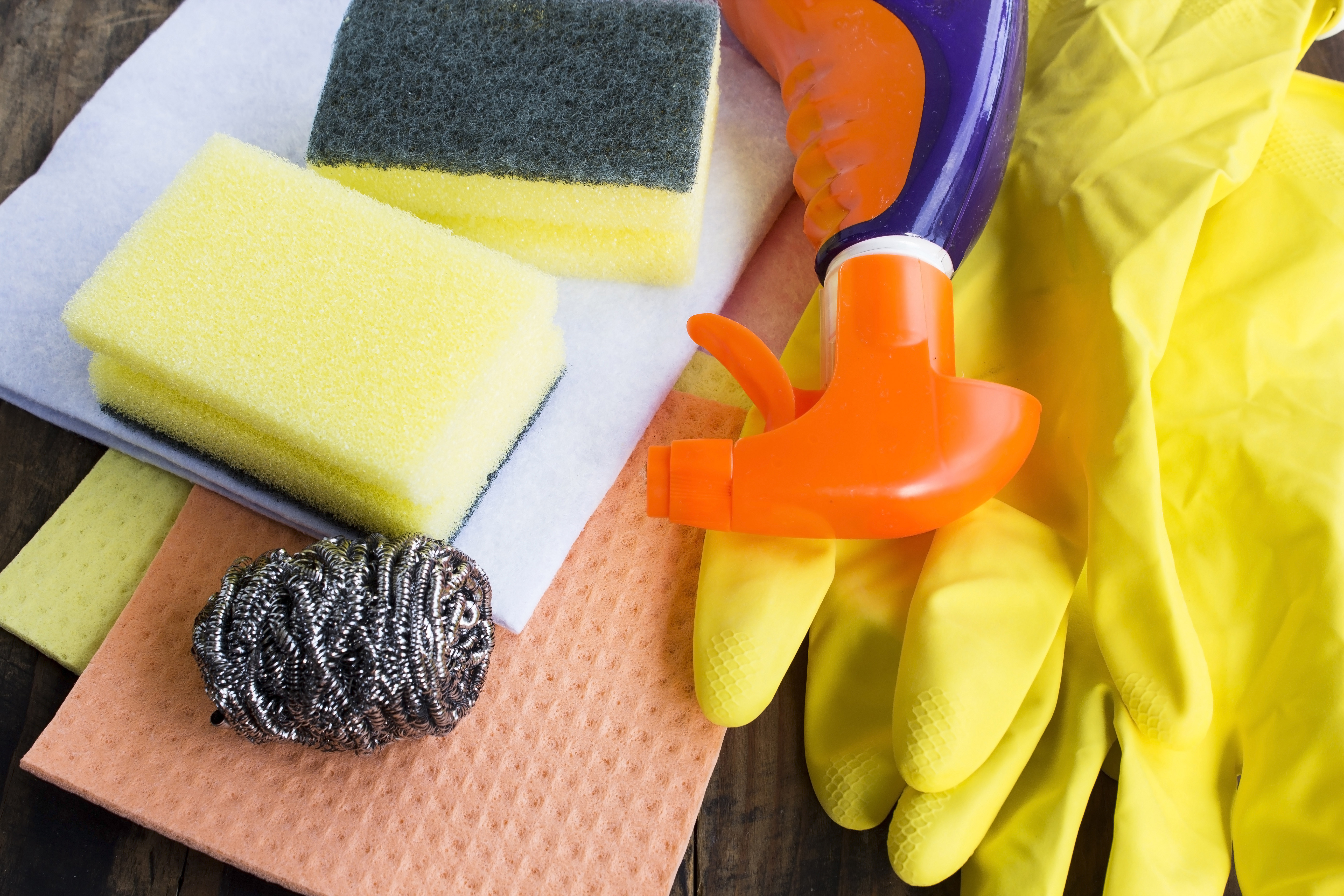Hidden Toxins in Your Everyday Life
In our quest for healthier living, we often focus on the obvious culprits—fast food, pollution, and lack of exercise. Yet, hidden toxins lurk in the most unsuspecting corners of our daily lives, stealthily impacting our well-being. These toxins can be found in everyday items and environments, often overlooked due to their familiarity. This exploration delves into 10 surprising sources of hidden toxins that might be undermining your health. By understanding these sources, you can take proactive steps to minimize exposure and protect your health in ways you might not have considered before.
1. Household Dust: A Toxic Mixture

Household dust might seem benign, but it is a complex mixture of potentially harmful substances. It can contain lead, flame retardants, pesticides, and other chemicals that accumulate from various products and materials in your home. These particles are not only inhaled but also settle on surfaces where they can be ingested, especially by children who are more prone to putting objects in their mouths. Regular cleaning and using a vacuum with a HEPA filter can help reduce the concentration of these toxins, making your home a safer environment for everyone.
2. Personal Care Products: Beauty with a Hidden Cost

The pursuit of beauty and hygiene often leads us to use a variety of personal care products, such as lotions, shampoos, and cosmetics. However, many of these products contain chemicals like parabens, phthalates, and synthetic fragrances, which can disrupt endocrine function and lead to other health issues. These substances are absorbed through the skin and can accumulate over time. Opting for products with natural ingredients and scrutinizing labels for harmful additives can significantly reduce your exposure to these hidden toxins.
3. Non-Stick Cookware: Convenience with Consequences

Non-stick cookware has revolutionized our kitchens by making cooking and cleaning easier. However, the coatings used to achieve this convenience often contain perfluorinated chemicals (PFCs), which can release toxic fumes when heated. These fumes have been linked to various health problems, including thyroid disease and developmental issues. To minimize risk, consider using alternatives like stainless steel or cast iron cookware, which do not emit harmful chemicals when used at high temperatures.
4. Indoor Air Pollution: The Unseen Threat

Indoor air pollution is a significant but often overlooked source of toxins. Common household activities like cooking, cleaning, and even breathing can release volatile organic compounds (VOCs) and other pollutants into the air. Poor ventilation can exacerbate this issue, leading to respiratory problems and other health concerns. Regularly airing out your home, using air purifiers, and choosing low-VOC products can help improve indoor air quality and reduce the health risks associated with these invisible pollutants.
5. Plastic Containers: Convenience with Chemical Risks

Plastic containers are ubiquitous in our daily lives, used for storing food and beverages. However, many plastics contain bisphenol A (BPA) and phthalates, which can leach into the contents, especially when heated. These chemicals are known to interfere with hormone function and have been linked to various health issues. Switching to glass or stainless steel containers for food storage and avoiding microwaving plastic can significantly reduce your exposure to these harmful substances.
6. Tap Water: More Than Just H2O

While tap water is treated to be safe for consumption, it can still contain trace amounts of contaminants such as chlorine, lead, and pesticides. These substances can have long-term health effects, particularly in vulnerable populations like children and pregnant women. Using a water filter that is certified to remove specific contaminants can provide an additional layer of protection, ensuring that the water you drink and use in cooking is as pure as possible.
7. Furniture and Carpets: Comfort with a Chemical Load

Modern furniture and carpets often harbor hidden toxins due to the materials and treatments used in their production. Flame retardants, formaldehyde, and other chemicals can off-gas into the air, contributing to indoor pollution. These substances are linked to respiratory issues and other health problems. Opting for furniture made from natural materials and ensuring proper ventilation can help mitigate the risks associated with these everyday items.
8. Cleaning Products: A Double-Edged Sword

Cleaning products are essential for maintaining hygiene, but many contain harsh chemicals that can be harmful to your health. Ingredients like ammonia, bleach, and quaternary ammonium compounds can irritate the respiratory system and skin. Choosing eco-friendly cleaning products with natural ingredients or making your own cleaners using vinegar and baking soda can reduce exposure to these toxins while still effectively cleaning your home.
9. Electronics: Gadgets with Hidden Hazards

Our reliance on electronic devices has introduced new sources of toxins into our lives. Electronics can contain heavy metals like lead and cadmium, as well as flame retardants that can leach into the environment. Proper disposal and recycling of electronic waste are crucial to minimizing these risks. Additionally, reducing screen time and maintaining a safe distance from devices can help lessen exposure to electromagnetic fields and other potential hazards.
10. Clothing: Fashion with a Chemical Footprint

The clothing we wear can also be a source of hidden toxins. Many fabrics are treated with chemicals such as formaldehyde and perfluorinated compounds to enhance their durability and stain resistance. These substances can cause skin irritation and other health issues. Choosing organic or untreated fabrics and washing new clothes before wearing them can help reduce your exposure to these chemicals, making fashion a safer choice for your health.
Empowering Change Through Awareness

Awareness is the first step toward reducing exposure to hidden toxins in our daily lives. By identifying and understanding these surprising sources, we can make informed choices that prioritize our health and well-being. Small changes, such as opting for natural products, improving ventilation, and being mindful of the materials we bring into our homes, can have a significant impact. As we become more conscious consumers, we empower ourselves to create healthier environments for ourselves and future generations, paving the way for a safer, toxin-free lifestyle.